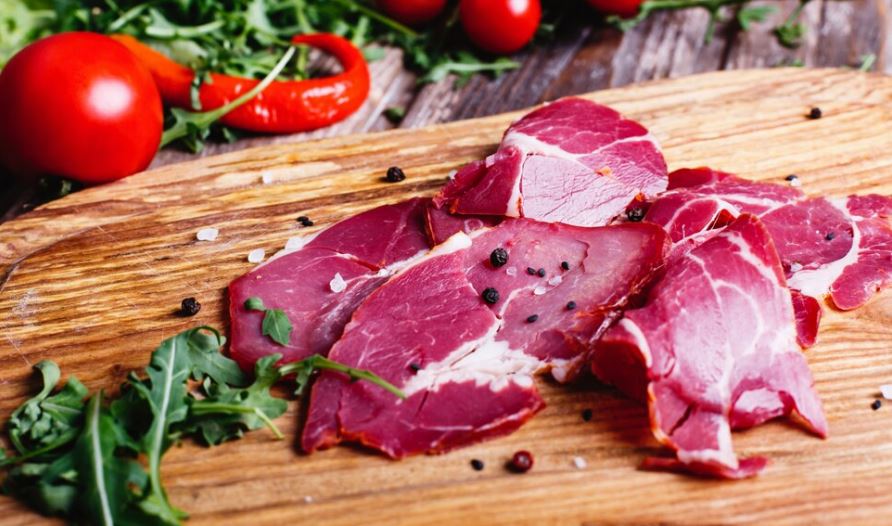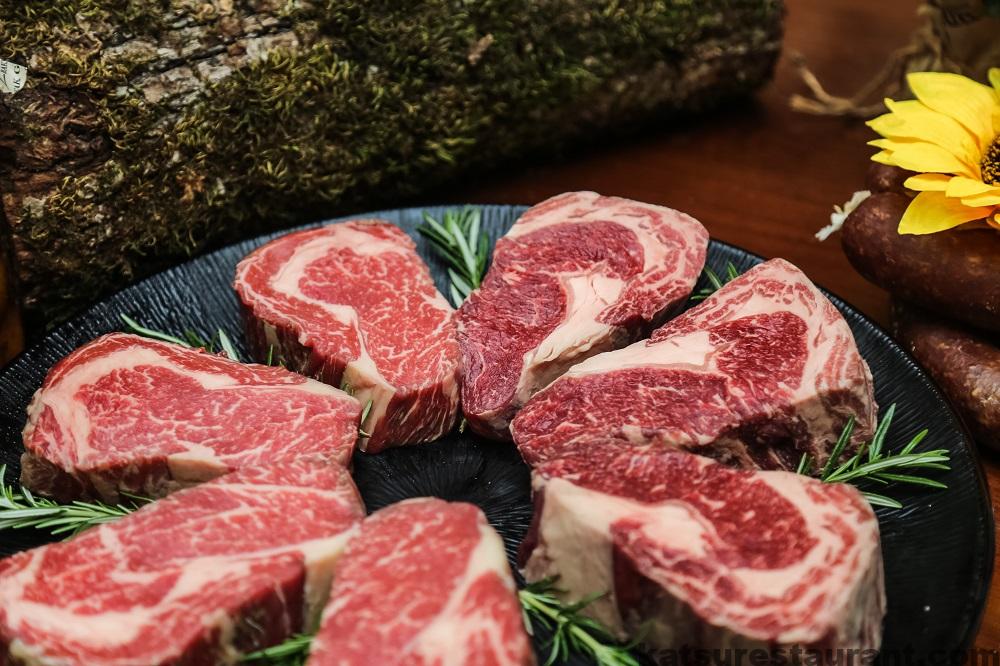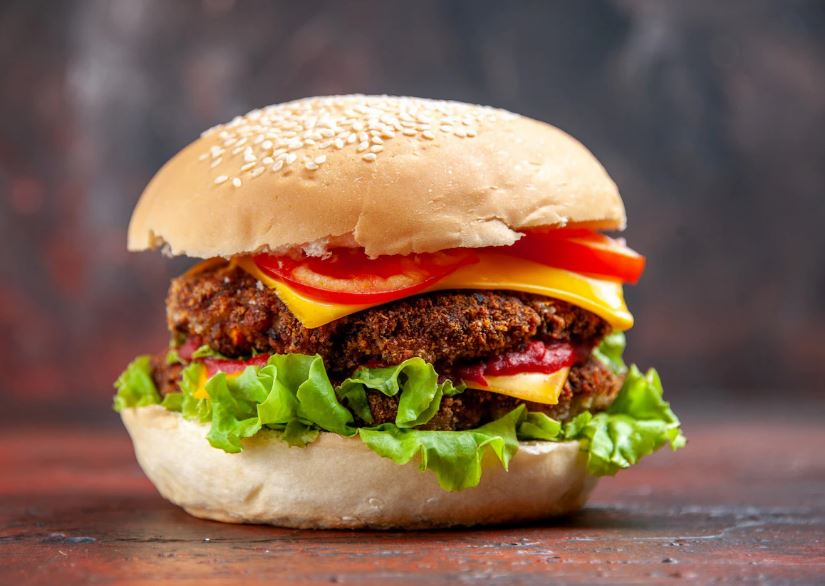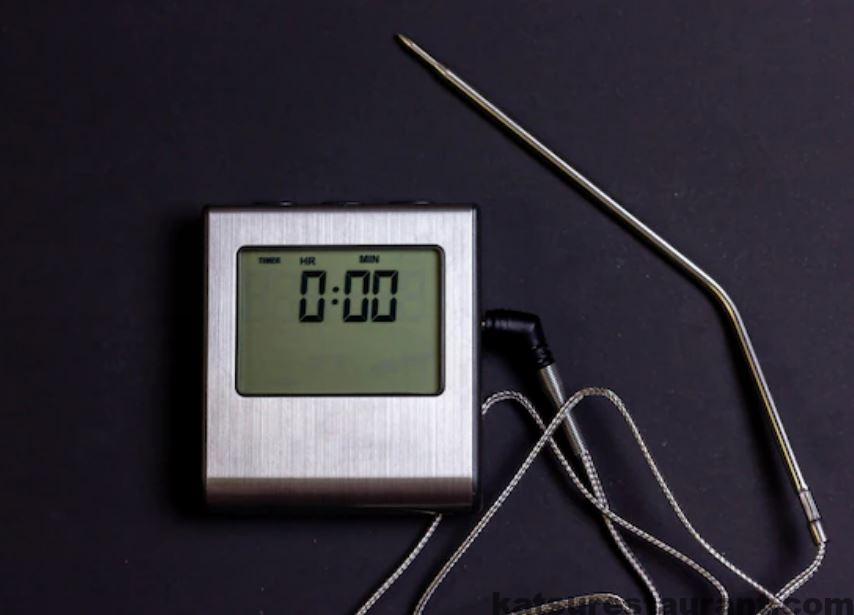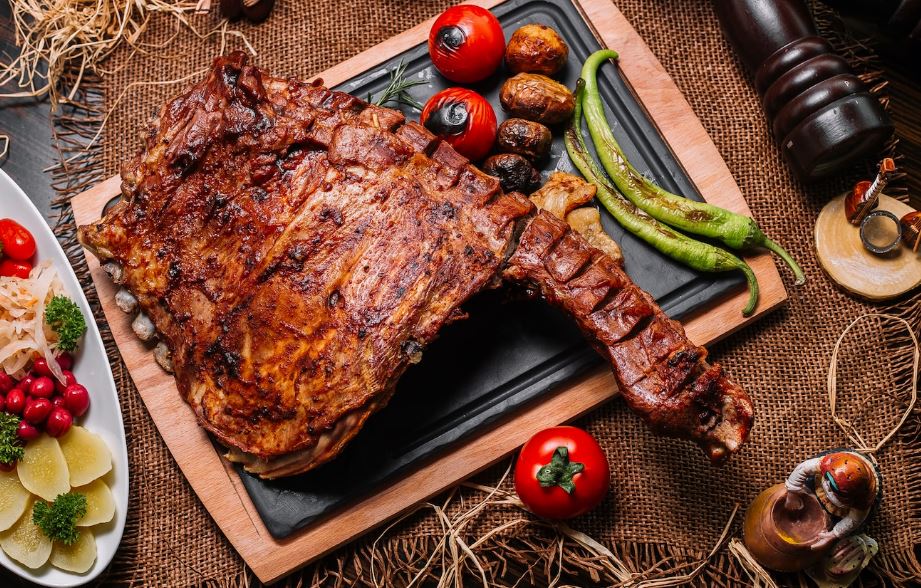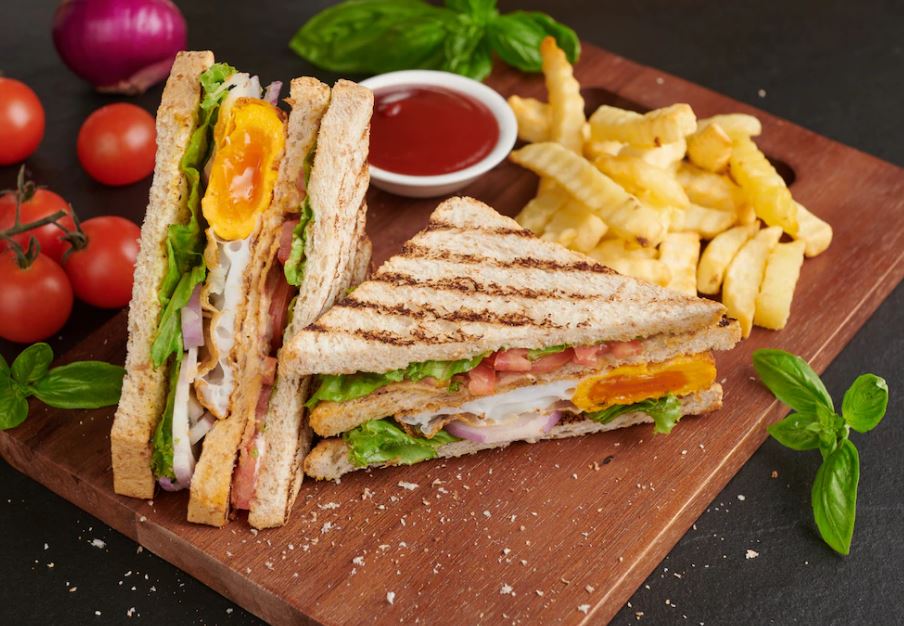Tenting with foil may sound like a modern camping technique, but it’s actually an age-old cooking method that has been used for centuries to add flavor and texture to food. It involves placing a piece of foil or parchment paper on top of the roast before, during, or even after baking in order to trap moisture and steam inside; this prevents the meat from drying out and adds flavor. By “tenting” your next roasting project with foil, you can make sure that it comes out moist and flavorful every time! In this blog post we will look at what tenting with foil entails – how it works, why chefs use it, tips for getting the best results – so you can be successful when preparing delicious roasts and to answer question “what does tent with foil mean”.
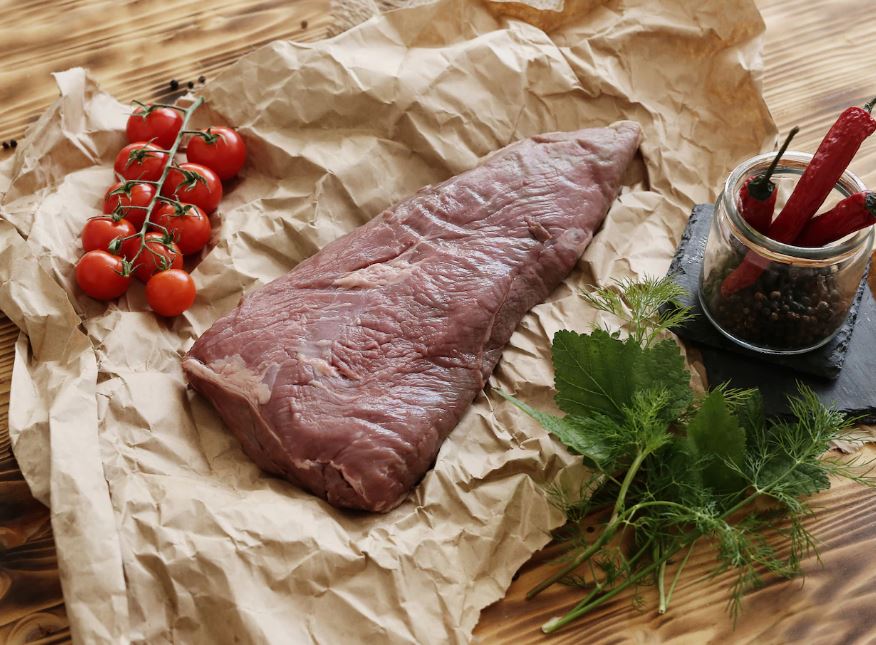
What does “tenting with foil” mean?
Tenting with foil is a cooking technique that involves wrapping food in aluminum foil or parchment paper and then placing it on top of a roasting pan or dish. The purpose of tenting is to trap moisture and steam to keep the food moist, as well as to create flavor by adding an additional layer of seasoning when cooked. It’s also used to prevent food from drying out or burning, as well as helping to create a crust or golden-brown color on the exterior of the food. Tenting is often used for roasts, grills, and other types of oven-cooked meats. It’s also sometimes used for vegetables or fish steamed in parchment paper. Tenting with foil can be applied during the beginning, middle or end of cooking.
Why do chefs use tenting?
Chefs use tenting because it helps to retain moisture, which is key for a juicy and flavorful roast. Additionally, tenting can help create a crisp exterior and add flavor when cooked in an oven. It also prevents food from drying out or burning, which can make all the difference in a dish. Additionally, tenting with foil is beneficial for dishes that require slow cooking, as it helps to keep heat and steam trapped around the food.
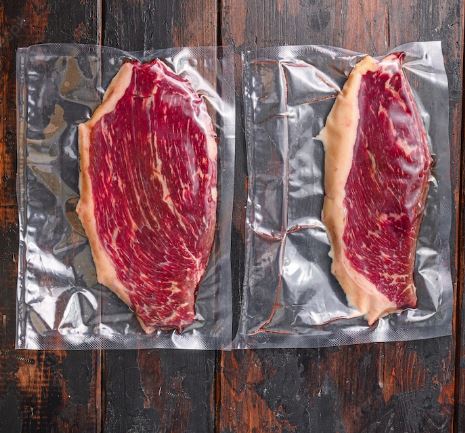
Tips for successful tenting
To get the best results when tenting with foil, here are a few tips to keep in mind:
1. Use the right size of foil or parchment paper. Too large of a tent can cause the food to become soggy, while too small can leave parts exposed.
2. Make sure you’re using heavy-duty aluminum foil or parchment paper that won’t tear or puncture easily.
3. Secure the foil or parchment paper around the edges of your roasting pan so that it stays in place during cooking.
4. When tenting with foil at the beginning of cooking, leave space for steam to escape by leaving a few gaps between pieces of foil and making sure the edges are not sealed tightly.
5. When tenting at the end of cooking, make sure to remove the foil or parchment paper when the food is almost done so that it can brown and crisp up.
6. If you’re using a thermometer to check doneness, insert it through the foil so that you get an accurate reading.
How to tent with foil?
Tenting with foil is a simple process:
1. Prepare your food as desired and place it in the roasting pan or dish.
2. Cover the top of the roasting pan with a piece of foil or parchment paper, making sure all edges are sealed to trap steam and moisture inside.
3. Place the roasting pan in the oven and cook as directed.
4. If desired, remove the foil or parchment paper for the last few minutes of cooking to allow the food to brown and crisp up.
5. Remove from oven when done and enjoy!
What are the benefits of tenting with foil?
The benefits of tenting with foil are numerous. It can help retain moisture and flavor, prevent food from drying out or burning, create a golden-brown crust on the exterior of the food, and add an additional layer of seasoning when cooked. It also helps to trap heat and steam so that slow cooking dishes come out perfectly cooked every time!
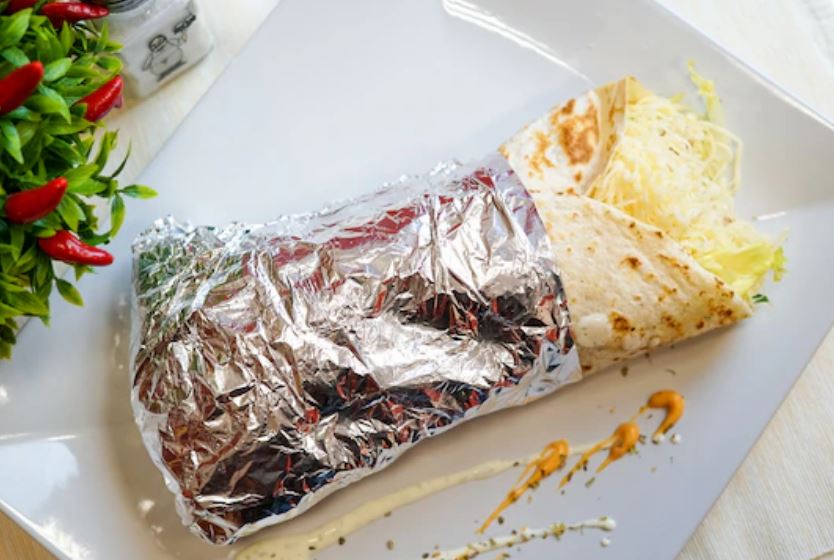
How to know when meat is done when you’re tenting with foil?
The best way to know when meat is done is to use a thermometer. Insert the thermometer through the foil or parchment paper and into the thickest part of the meat, making sure it doesn’t touch bone. The internal temperature should reach at least 165°F (74°C) for poultry and 145°F (63°C) for beef and pork. If the internal temperature isn’t reaching that point, place it back in the oven and continue cooking until it does. Once the desired temperature is reached, remove the foil or parchment paper, if desired, to allow the exterior of the meat to crisp up.
Conclusion
Tenting with foil or parchment paper can be a great way to retain moisture and flavor in your food and prevent it from drying out or burning. It also helps to create a crispy exterior on meats, fish, and vegetables. Just remember to use the right size of foil, keep edges sealed securely, and insert a thermometer when needed. Following these simple tips can make all the difference in your cooking results!


